The Last Mile Delivery Software Tech Stack You Need for 2024
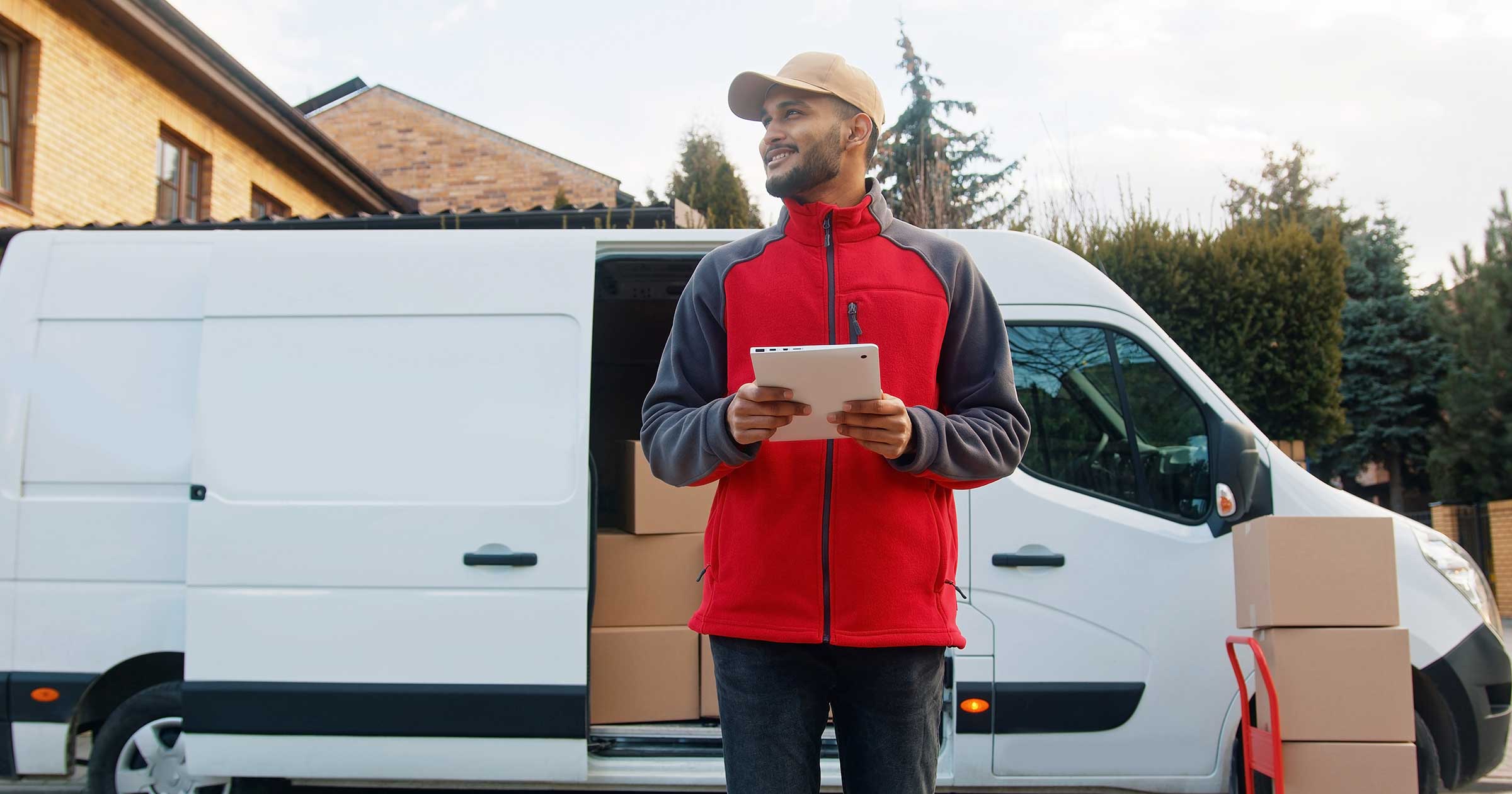
2020 was a gigantic year for ecommerce shopping in the US, with ecommerce sales increasing a massive 44% compared to 2019. And ecommerce sales continued to grow in 2021, with Q2 2021 US ecommerce sales increasing another 9% compared to 2020.
Last mile delivery software can reduce delivery costs and provide a high-quality experience for your customers. But a last mile delivery software stack isn’t just about having the right delivery management or scheduling software—it’s also about having all the other tools to manage your last mile operations. These 13 tools are designed to streamline your last mile delivery operations from start to finish.
Let’s get started:
- What Is Last Mile Delivery Software?
- Delivery Management Software
- Warehouse Management Software
- GPS Navigation Apps
- Communication Apps
- Mobile POS Systems
What Is Last Mile Delivery Software?
Last mile delivery is the final stage in a business’s delivery process, where goods are transported from a distribution hub to a customer’s door.
Last mile delivery software is a category of software tools that help businesses with their last mile delivery operations.
While there are SaaS software solutions that focus on solving the challenges of last mile delivery—including inefficient route optimization, manual route modifications, and poor tracking and communication for customers—a last mile delivery software stack addresses the entire chain of last mile logistics, from warehouse management to customer payment.
Delivery Management Software
Your delivery management software is the primary tool you need to manage your last mile delivery operations. Even if you assemble the right tools in every other category of your last mile delivery software stack, the wrong delivery management software can hurt the performance of your last mile delivery operations.
OptimoRoute is the only last mile delivery management software you need to maximize efficiency. While it has over 50 powerful features for businesses to take advantage of in their operations, we’ll focus on three features that make it perfect for managing last mile delivery operations:
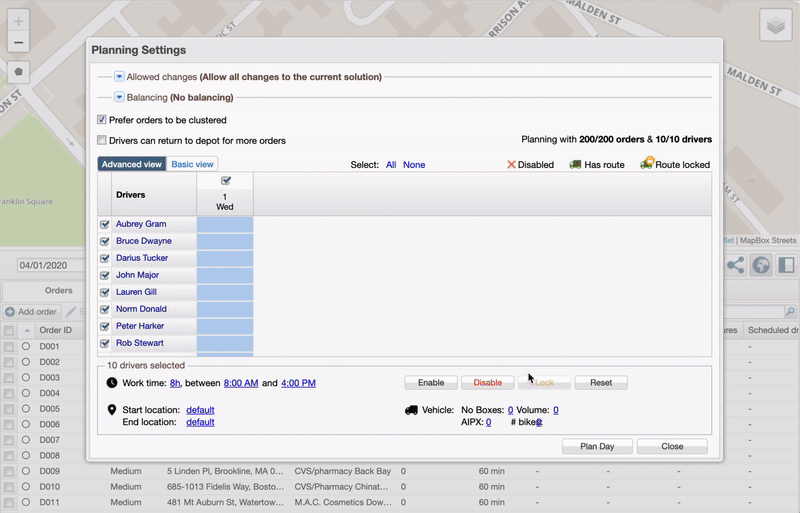
Automated route planning & optimization
OptimoRoute’s route planning & optimization software enables businesses to plan thousands of orders in highly efficient delivery routes in seconds. OptimoRoute also has advanced routing algorithms to generate routes that are both optimized and customizable for every business. This feature ensures that delivery businesses and third-party logistics (3PL) providers don’t have to spend several hours manually planning their routes or incur additional costs by hiring dispatchers to manage daily route planning.
Mobile App
OptimoRoute’s Mobile App for drivers (available on iOS and Android) provides route schedules, order information, and navigation all in one place. The mobile app also enables dispatching teams to engage in accurate driver tracking during delivery runs.
A key feature of the mobile driver app for last mile delivery is Proof of Delivery. With Proof of Delivery, drivers can provide relevant information for each order by capturing electronic notes, customer signatures to acknowledge order receipt, or photos as visual proof that they have completed delivery. Proof of Delivery empowers delivery services and 3PL providers with accurate order information at the final mile, which can protect them if customers can’t find their packages after deliveries are completed.
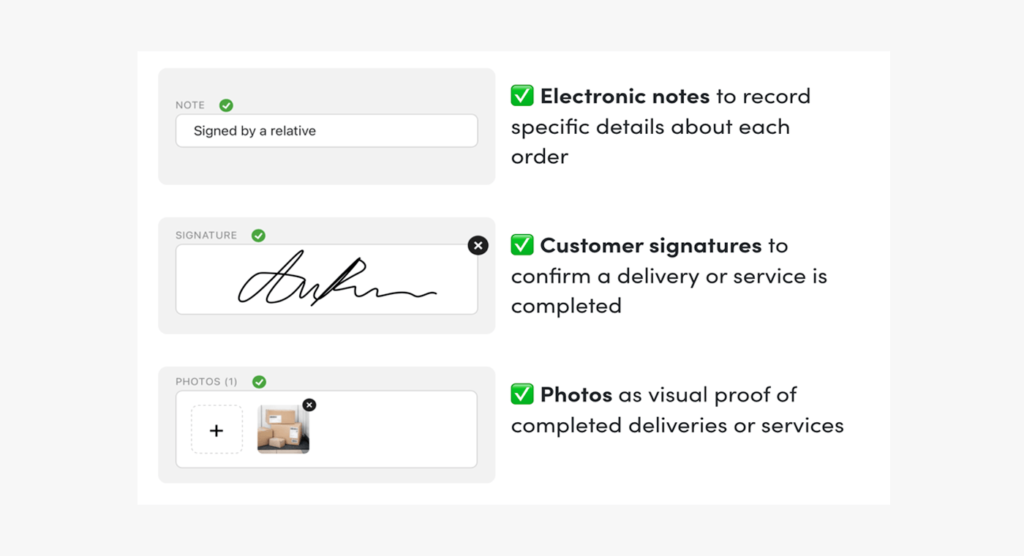
Realtime Updates & Tracking for Orders
OptimoRoute’s Realtime Order Tracking feature enables customers to track their orders on-demand in real time at the last mile. With Realtime Order Tracking, businesses can send notifications via custom text messages and emails to their customers with a live tracking link when their orders are out for delivery. Realtime Order Tracking increases customer satisfaction by providing customers with real-time visibility into orders and access to accurate delivery ETAs.
Warehouse Management Systems
According to Deloitte, businesses that want to optimize their last mile delivery operations need to take a holistic approach across their manufacturing and distribution centers as well. Warehouse management software (WMS) can help businesses with that.
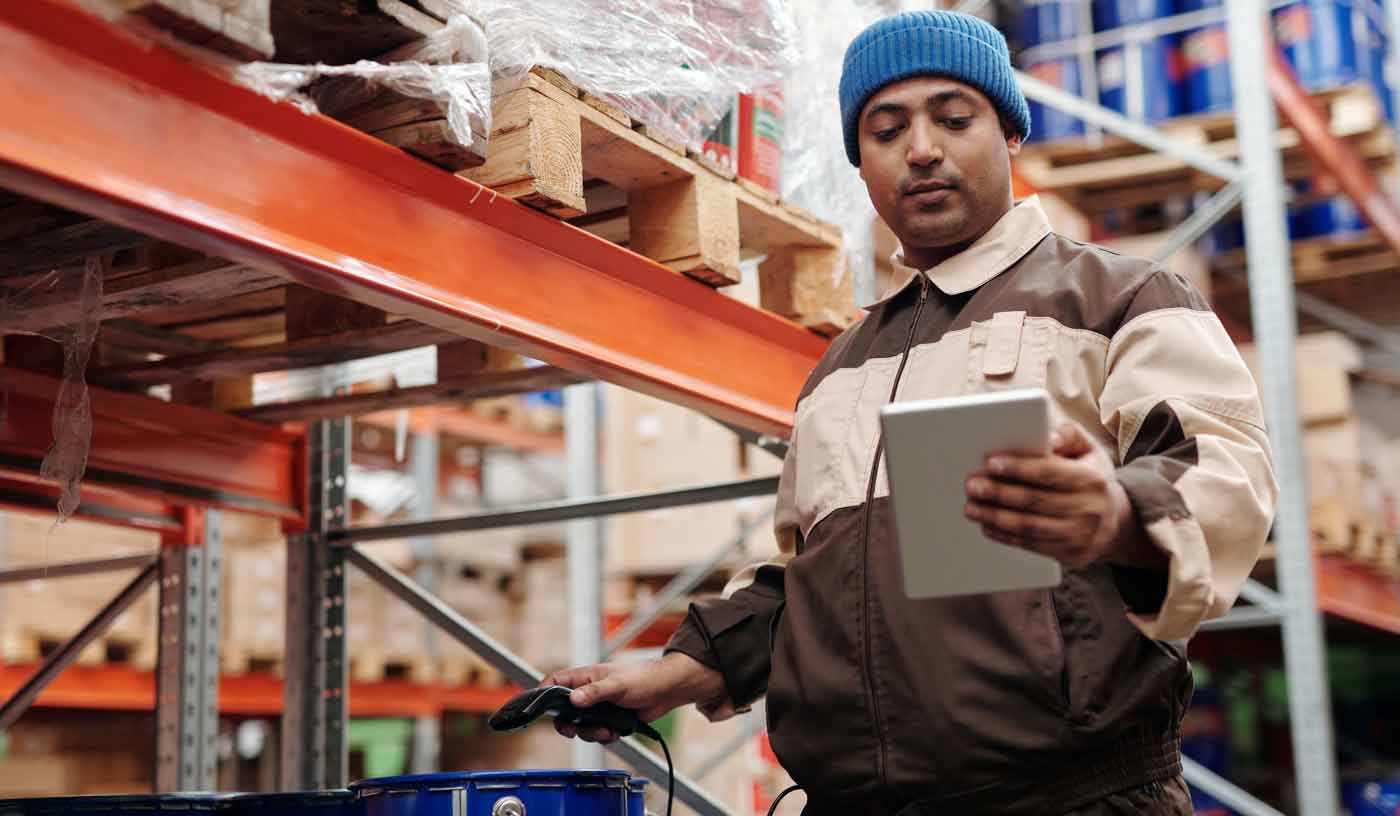
1. Fishbowl
Fishbowl is a hybrid manufacturing and inventory management solution for small and medium businesses. It was featured as a FrontRunner in Software Advice’s list of Top Supply Chain Management tools in 2020. Fishbowl enables businesses to have a real-time view of the inventory they have on hand and automate reorder points before they face stockouts. They also offer several integrations with e-commerce platforms like Amazon, Magento, and eBay and shipping providers like FedEx, UPS, and ShipStation, so that your customers can seamlessly track orders from checkout to their doorstep.
2. Sortly
Sortly focuses on inventory management for all kinds of businesses. Their customers range from corporations like Hewlett-Packard and PepsiCo to local businesses like Rock Mechanical. Sortly enables businesses to create custom barcodes and QR codes for their products. It also enables them to scan third-party barcodes and QR codes with their in-app scanner. Sortly has landed in multiple Capterra Top 20 lists, including inventory management and asset tracking.
3. Logiwa
Logiwa offers warehouse management, inventory management, and order fulfillment solutions to businesses. They focus on businesses that operate high-volume business-to-consumer/direct-to-consumer fulfillment centers. Through features like shipment rule automations and dropshipping, Logiwa aims to equip 3PL providers with the ability to operate for multiple clients and across multiple warehouses simultaneously. Capterra named Logiwa on its Top 20 Supply Chain Management Software list in 2020.
4. Infoplus Commerce
InfoplusCommerce offers a flexible WMS that handles order shipping and inventory management. They offer core WMS products for warehousing and for 3PL needs, along with add-on modules for returns, analytics, billing, and more. Infoplus has custom features designed with e-commerce businesses in mind, like rate shopping, where businesses can find the lowest rates from shippers for their orders, and warehouse planning, where businesses can modify their warehouse plan to increase efficiency.
GPS Navigation Apps
Your drivers need to know where they’re going to deliver each order. GPS navigation apps will get them there.
1. Google Maps
In 2018, Google Maps was declared the most popular navigation app in use, according to surveys from The Manifest and Statista. The free app provides real-time navigation for driving, walking, and public transit. It also provides live ETAs and road traffic conditions to its users. Google Maps offers both online and offline navigation so it can be used by drivers in areas with poor internet connectivity.
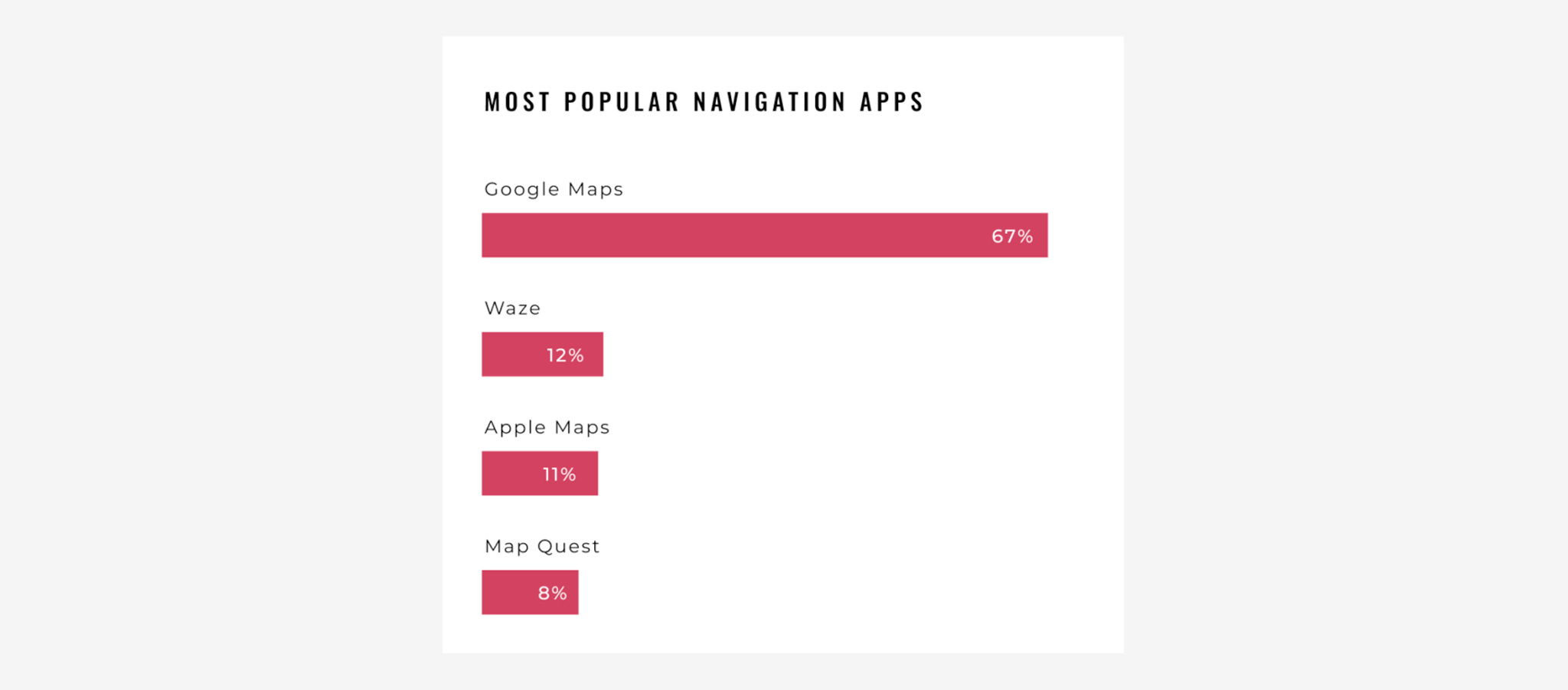
2. Waze
While Google Maps is an excellent all-purpose navigation app, Waze offers specialized features for drivers. Its crowdsourced traffic and accident alerts are regarded as more accurate than Google Maps (even though both apps are owned by Google). The app is also free to download and is available on iOS and Android. However, one key feature that Waze doesn’t have is offline navigation, which might be problematic for drivers in areas where connectivity is an issue.
3. Garmin DriveSmart 55
For drivers who might be uncomfortable navigating routes with their phones, the Garmin DriveSmart 55 could be the right GPS navigation solution. The DriveSmart 55 is currently Wirecutter’s pick for best car GPS. It offers a 1200×720-pixel touchscreen display, turn-by-turn directions, driver alerts, and free map updates, among other features. If a delivery fleet chooses to stick to their smartphones, they can use Garmin’s iOS and Android apps to handle their navigation needs.
Not sure which mapping app to go with? The truth is, the best GPS is actually the one your driver uses. And with OptimoRoute, you can send optimized routes directly to your driver’s mapping app of choice for easy navigation in the field.
Communication Apps
Things can change in seconds during a delivery run. Stay in touch with your fleet with these communication apps.
1. Slack
Slack is a communication platform for businesses of all sizes. Businesses can organize discussions based on projects or teams. Slack also offers 2,000+ integrations so that teams can easily coordinate updates across multiple tools. With Slack, delivery companies and logistics providers can enable communication across their organization. Slack is available on iOS, Android, Mac, Windows, and the web, and it has a free plan for teams who are looking to try it out.
2. Discord
Discord is a team communication platform that has recently grown in popularity. Its interface is similar to Slack, and conversations can be organized by teams or topics. Discord is available on iOS, Android, Mac, Windows, and the web. Discord’s free plan also has fewer limitations than Slack, which makes it ideal for smaller e-commerce businesses and logistics providers.
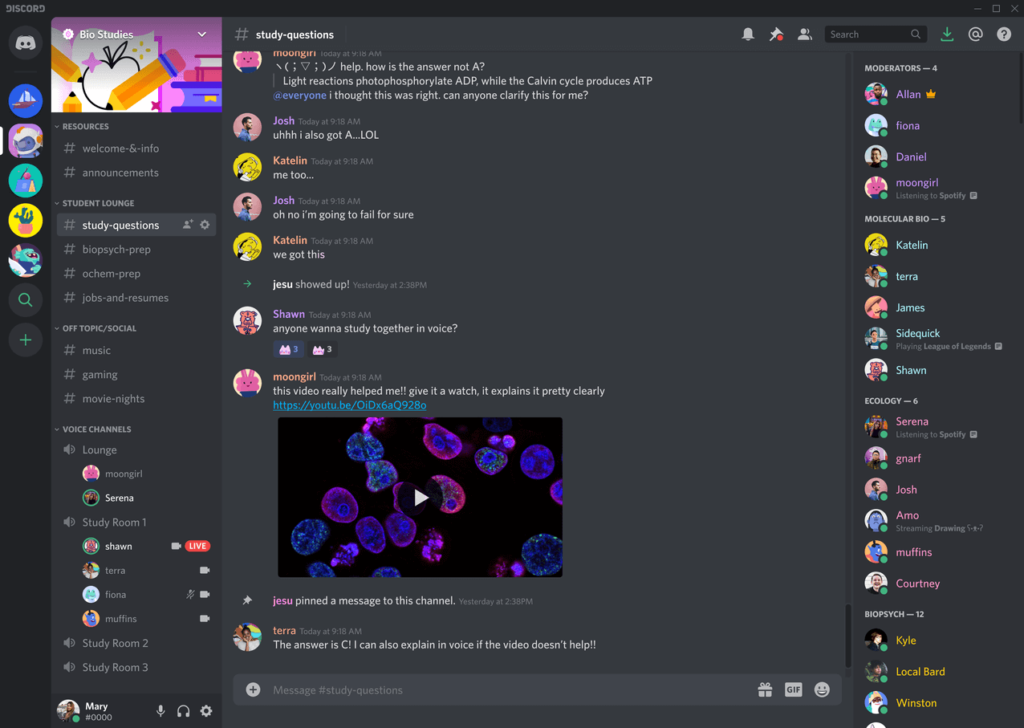
3. WhatsApp
If you want a communication tool that focuses only on messaging your fleet without the additional features and integrations that Slack and Discord provide, WhatsApp may be the ideal option for you. The messaging platform has group chats that allow up to 256 members to participate at a time. It’s available on iOS, Android, Mac, Windows, and the web. WhatsApp is free to use and allows users to back up their chat history as well.
Mobile POS Systems
For some businesses, last mile deliveries involve collecting payments as well. Having a mobile point-of-sale (POS) system enables you to collect payments without delaying deliveries.
1. Square
Square is a financial services company that offers POS systems for businesses. With Square’s contactless (NFC) and chip reader and its reader for magstripe, businesses can accept payments from customers who haven’t already paid for their items. This is especially useful for local businesses executing in-house deliveries or in specialized cases, like towing companies, where businesses need to collect payments on the go.
Square’s fees are 2.6% + 10¢ per transaction, and there are no additional costs to purchase its device readers.
2. NCR
NCR is a technology and services company that offers a range of banking, payment, and technology solutions to businesses. Their mobile POS solution, MyMobileMoney, allows businesses to accept payments with a handy device reader and a smartphone.
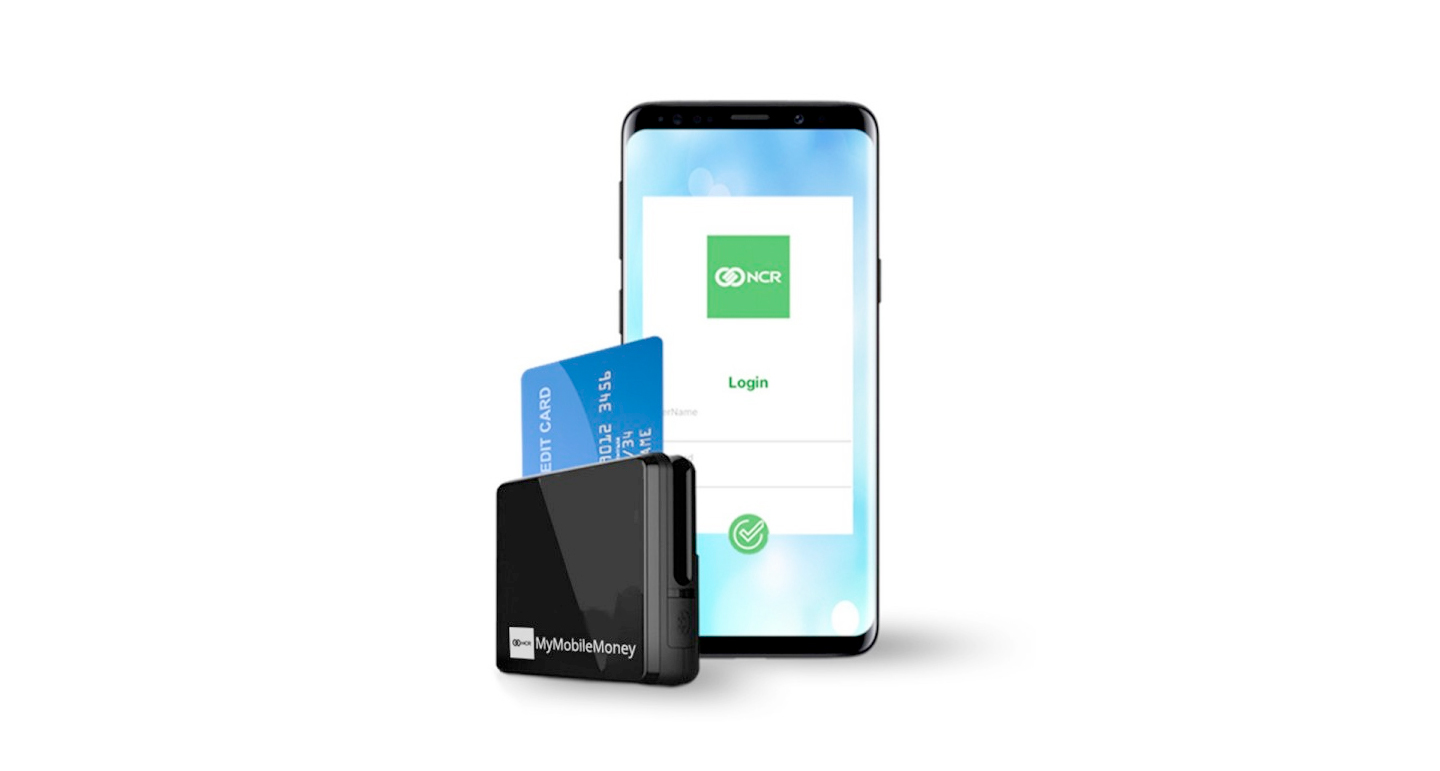
NCR’s fees are 2.4% of transaction volume + 15¢ per transaction for qualified and mid-qualified businesses and 3.55% of transaction volume + 15¢ per transaction for non-qualified businesses.
Reduce Last Mile Delivery Costs With the Right Tech Stack
Whether you’re delivering food, groceries , or medicines, managing your operations with the right last mile delivery solution is critical.
Take Eldum rétt, a meal delivery kit company in Iceland. Their initial last mile delivery software choice stalled their growth. They could only deliver 200 orders and were unable to scale quickly. With OptimoRoute, however, they were able to quickly optimize their delivery operations and scaled to 1,000 orders per week.
According to CEO Kristófer Leifsson, OptimoRoute’s Realtime Order Tracking feature has improved their customer experience. It’s one of the factors that has translated into higher customer loyalty and retention for the company.
Offer the same seamless last mile delivery experience for your customers and drivers. Try out OptimoRoute today with a free 30-day trial.
Try OptimoRoute™ for Free
No installation or credit card required


